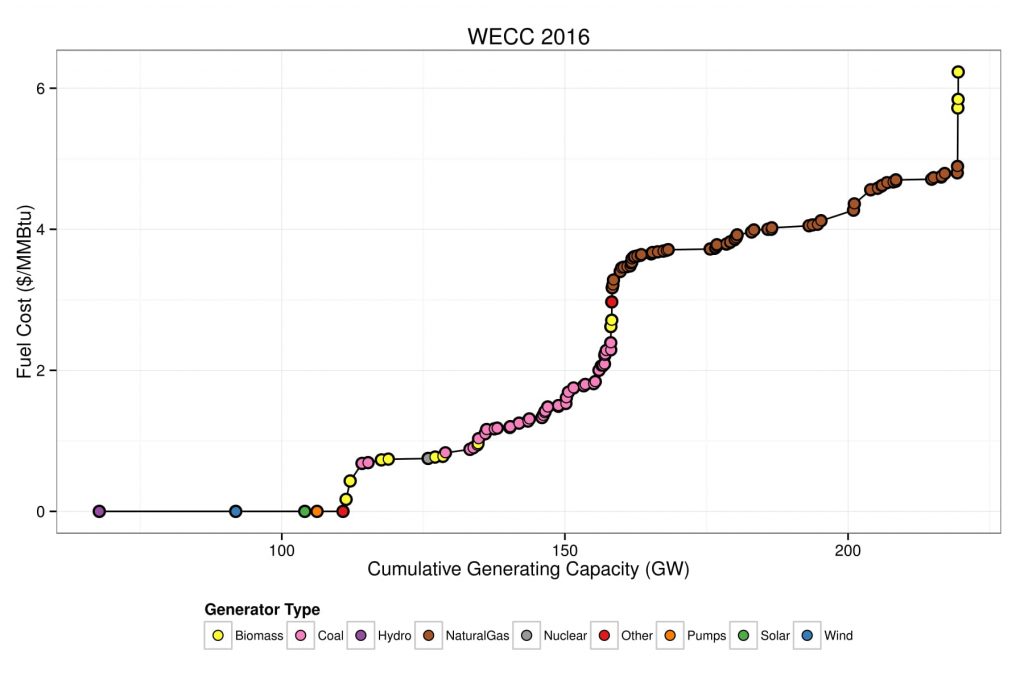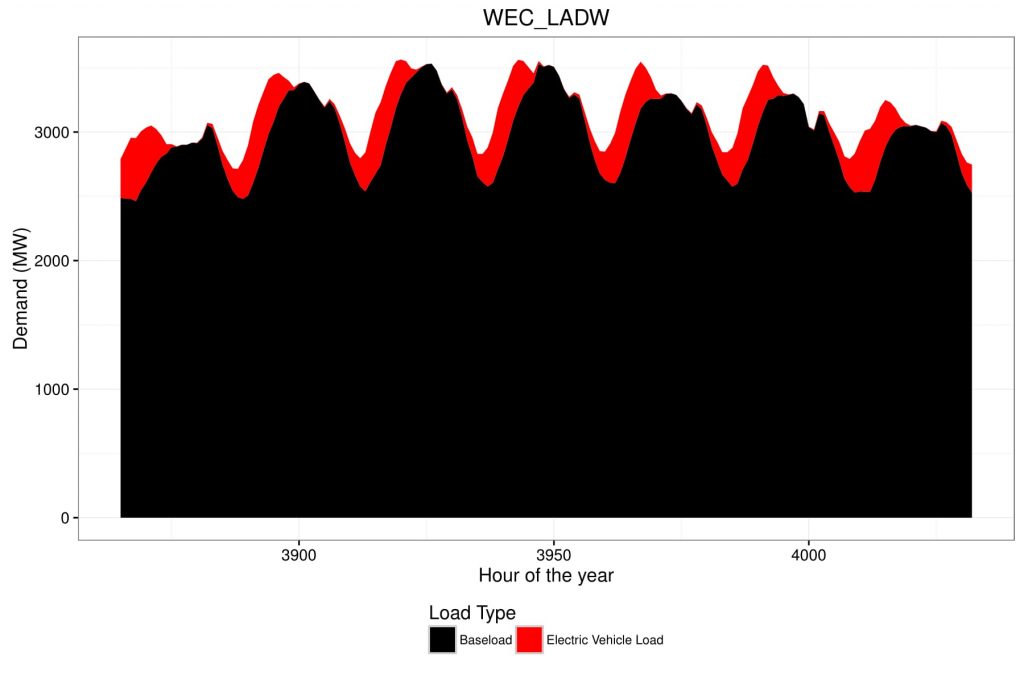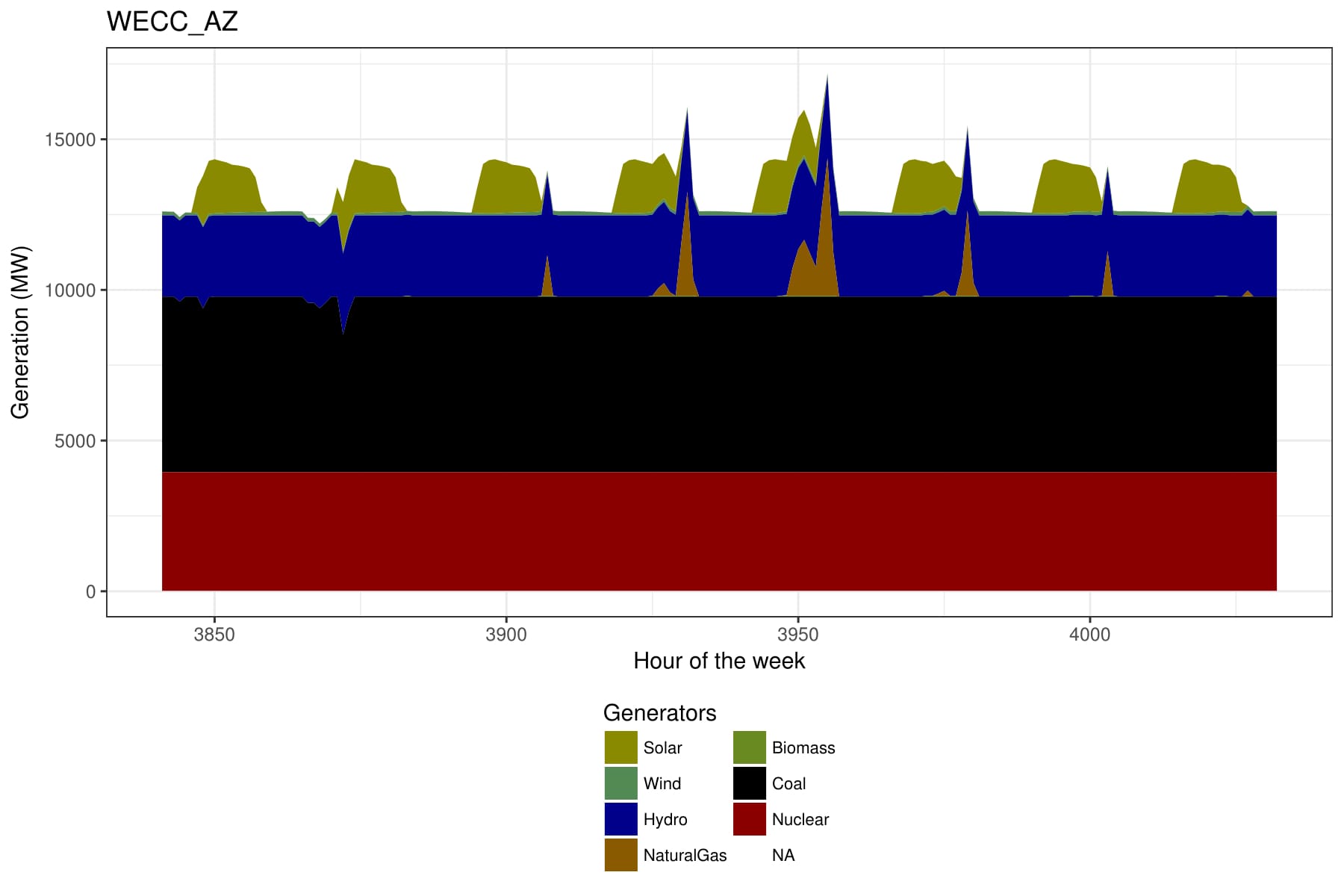By Alan Jenn
In the United States, the transportation sector consumes approximately five billion barrels of oil annually and accounts for nearly a third of greenhouse gas emissions. The potential climate impacts of the transportation sector have facilitated a transition towards cleaner, alternative fuel vehicles such as electric vehicles (EVs)—touted as “zero-emission” vehicles. Policies like the Zero Emissions Vehicle (ZEV) mandate in California and incentives such as the federal Plug-In Electric Vehicle Credit (IRC 30D) have accelerated the transition. However, if the ultimate goal of the transition is to create a cleaner transportation system, a proper accounting of emissions is necessary to understand the true impact of EVs. We constructed a nationwide electricity dispatch model based on outputs from the Environmental Protection Agency’s (EPA) Integrated Planning Model (IPM) used in the assessment of the Clean Power Plan (CPP). Using future projections of EV sales as well as a number of scenarios for charging behavior, it is possible to capture a profile of electric vehicle emissions on the sub-state level and importantly across a lengthy time span from 2016 through 2040.





